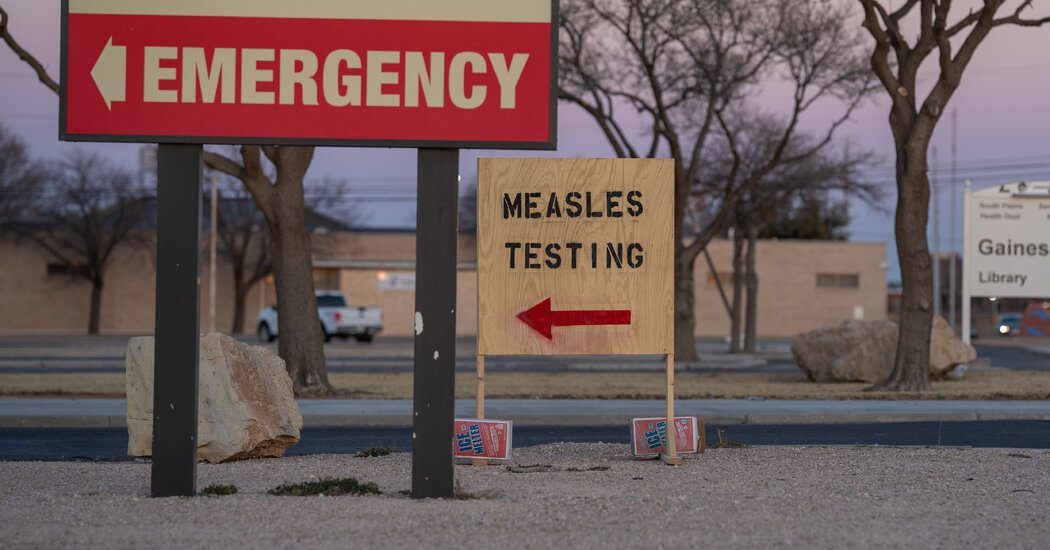
Cocaine overdose incidents have surged across the United States, despite an overall decline in drug-related fatalities.
According to recent data from the CDC, deaths associated with cocaine increased by nearly five percent from 2022 to 2023, marking an approximate 60 percent rise since 2015.
Healthcare professionals attribute this spike to the concurrent use of cocaine and fentanyl. This dangerous combination can occur when users intentionally mix the two or unwittingly consume cocaine that has been tainted with fentanyl.
In 2023, the cocaine-related death rate reached 8.6 per 100,000 individuals. For comparison, the rate for synthetic opioids like fentanyl was significantly higher at 22.2 per 100,000, and psychostimulants such as methamphetamine had a rate of 10.6.
The CDC has noted that the uptick in cocaine deaths corresponds with fentanyl’s emergence in the illegal drug market during the mid-2010s, reporting a trend that began around 2011 and has persisted into 2023.
The highest rates of cocaine overdose deaths in 2023 were recorded in Washington, DC, at 31.9 deaths per 100,000, followed by Delaware at 26.5, Rhode Island at 20.5, Vermont at 21.4, and Maryland at 16.7.

Cocaine-related overdose deaths have seen an increase of nearly five percent from 2022 to 2023, linked to the simultaneous usage of cocaine and the strong synthetic opioid fentanyl.
Several states experienced notable increases in cocaine-related deaths, notably Alabama, California, Delaware, New York, Oregon, Tennessee, and Texas.
Dr. Joseph Palamar, a drug epidemiologist from NYU School of Medicine, describes this trend as the “fourth wave” of the opioid crisis, where the primary third wave was characterized by fentanyl. This recent wave refers specifically to the combined effects of stimulants like cocaine with fentanyl.
‘The surge in cocaine-related deaths is primarily due to the concurrent use of fentanyl,’ he noted, emphasizing that deaths occurring without fentanyl would likely have remained stable.
Completing the list of states with the highest cocaine-related overdose fatalities were Maine, Connecticut, Ohio, New Jersey, and Michigan. Maine had a 17.6 rate, while Connecticut followed at 16.8, Ohio had 15.1, New Jersey recorded 12.5, and Michigan showed a rate of 11.6.
The states experiencing the largest increases in cocaine overdose deaths were Texas (+75 percent), Virginia (+61.4 percent), Alaska (+41.4 percent), and Ohio (+36.4 percent). Many of these areas are predominantly rural, where access to drug treatment facilities and education on the dangers of drug use is often limited.
Proximity to the drug cartels, particularly in border states like Texas, may contribute to a higher influx of illicit substances compared to more inland regions.
Dr. Akshaya Bhagavathula, an epidemiologist at North Dakota State University, pointed out that recent toxicology reports indicate an increasing presence of multiple substances in overdose cases, indicating that “cocaine deaths” are frequently more complex than just single-substance overdoses.
Cocaine, unlike heroin and fentanyl, acts as a stimulant that produces intense euphoria and heightened alertness, affecting the brain’s reward center dominated by dopamine. However, overdoses can cause severe spikes in blood pressure, heart rate, and body temperature, potentially leading to strokes or cardiac arrest.

Changes in cocaine overdose deaths have fluctuated since the 1980s, with peaks in 2006, but a sharp increase began in 2015 due to increasing contamination with fentanyl.
While public discourse has largely centered on fentanyl and other opioids, there’s a slight silver lining: overall drug overdose fatalities in the US decreased from 32.6 per 100,000 people in 2022 to 31.3 per 100,000 in 2023, according to the CDC, indicating a 4 percent decline.
Since its prevalence in the 1980s, cocaine overdose rates in America have fluctuated significantly. In 2003, the rate was 1.8 per 100,000, which climbed to 2.5 in 2006 before dropping to 1.3 in 2010.
Starting around 2015—the year many experts believe marked the onset of the fourth wave of the drug crisis—cocaine-related deaths have risen sharply, largely due to the combination of cocaine and fentanyl. In contrast, rates for cocaine-only deaths seem to have stabilized during this same period.
Although much of the illicit cocaine supply in the nation has been contaminated with fentanyl, many users are still choosing to consume cocaine knowingly, and some may even be unaware of the contamination.
Brian Townsend, a former Supervisory Special Agent with the US Drug Enforcement Administration, highlighted, ‘The current situation with cocaine reflects a broader stimulant crisis that aligns with a notable rise in prescription stimulant usage.’
Over the last decade, prescriptions for stimulant medications like Adderall and Ritalin have jumped by a staggering 58 percent since 2012.
He noted: ‘While many individuals now understand the risks associated with opioids, there remains significant ignorance surrounding stimulants, allowing cocaine to fill that void as a readily available option.’
Dr. Palamar emphasizes the importance of obtaining comprehensive data on overdose cases, acknowledging the challenges of collecting information about deceased individuals since “you can’t interview dead people.”
‘After someone dies, the only available information comes from toxicology reports, which may show the substances present in their system,’ he explained. ‘However, just because a substance is found in a person’s blood does not inherently indicate its role in the cause of death. In some cases, cocaine might even mitigate the effects of fentanyl to some extent.’









